Lesson 3:
Black People in Victorian Britain
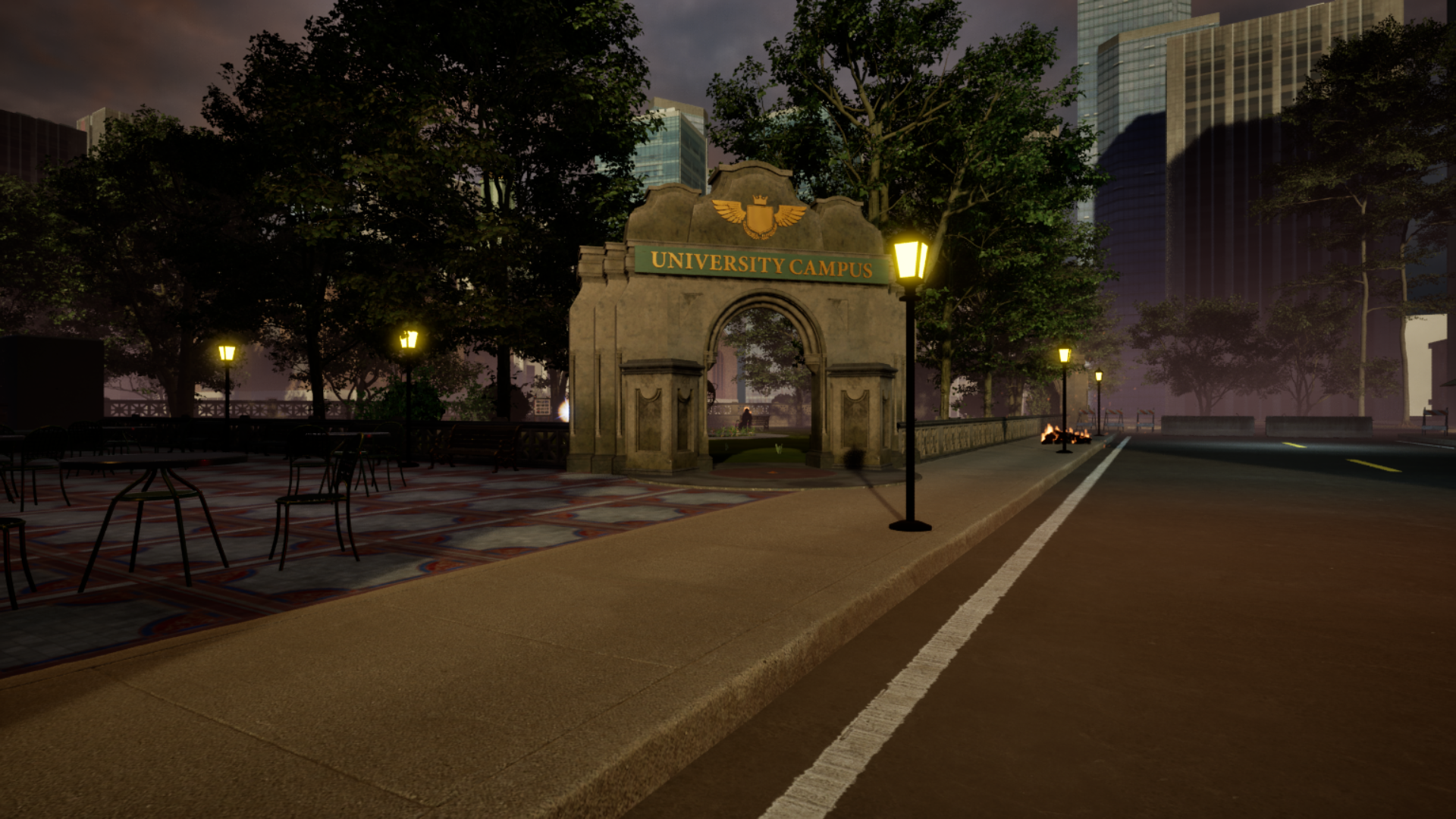
LESSON OBJECTIVES
Upon completion of this lesson, students will be able to
1. Examine and explain the idea of scientific racism.
2. Use primary sources to analyse the places and spaces where Black people in Britain worked, and how they were viewed by wider British society.
Scientific Racism
Scientific racism is the ideology that uses science (or, more often, pseudoscience) to support the notion of the superiority of the white ‘race’. Many branches of science and social science have at one time or another advocated for white or European racial superiority, including evolutionary biology, psychology, and anthropology. In the Victorian period, ideas around racial superiority were regularly discussed in the public sphere, and were often tied up with empire (think, for example, about the way whiteness is used in ‘The Secret of England’s Greatness’ that we saw earlier in this unit). But they were also complicated. Charles Darwin, author of The Origin of Species, was both a staunch abolitionist (and married into the abolitionist Wedgewood family) and believed that different ‘races’ had different strengths and abilities. His cousin, Francis Galton, used Darwinian ideas to develop his theory of eugenics, which involved preserving or enhancing superior biological characteristics through social measures. Galton’s ideas would lead to laws against marriage between races in the United States, anti-Semitic laws in Germany (and eventually the Holocaust), and the use of intelligence tests to restrict immigration in the U.S. and other countries.
Knowledge check: Which of these is an example of hard power, and which of soft power?
a. A biologist publishes a paper that argues that one group of people is biologically superior to another.
b. A country passes a law requiring people with “defective” genes to be sterilized so they can’t have children.
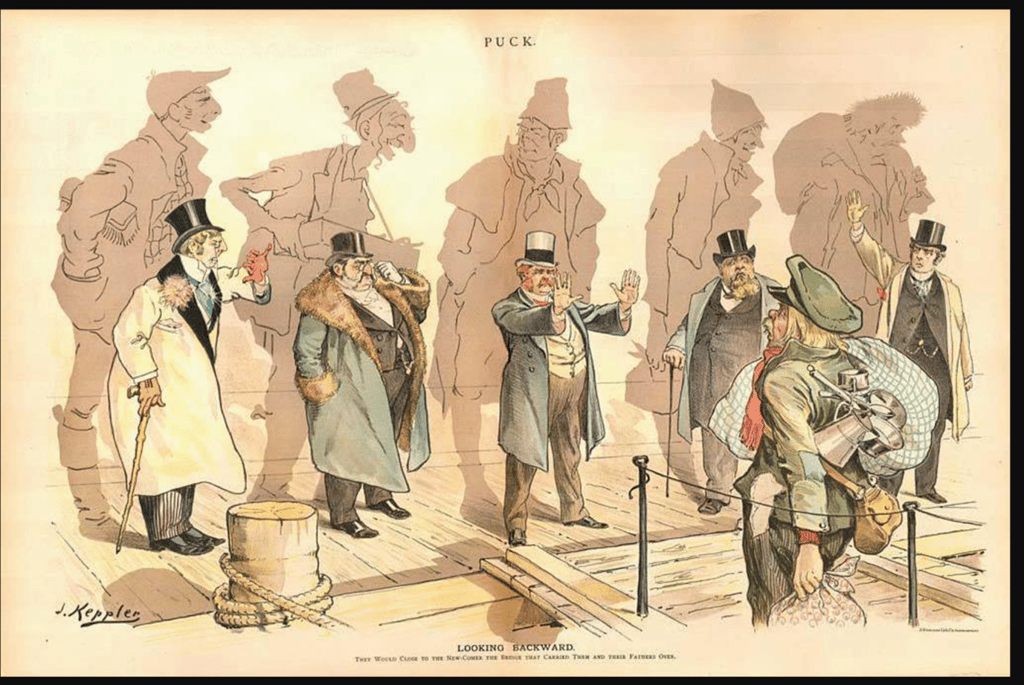

Discussion question: How is this cartoon by Joseph Keppler in the January 11, 1893 Puck magazine, critical of the idea of eugenics?
Frederick Douglass and a Defence of Human Unity
Eugenics could be used with brutal consequences for Black people, because it led to justifications for continued slavery in America and (after abolition) the Ku Klux Klan. In 1854, Josiah Clark Nott and George Robins Gliddon published Types of Mankind which argued for the evolutionary separation of ‘races’ based on skull shape. Frederick Douglass, in a speech entitled, “The Claims of the Negro, ethnologically considered” (July 1854), argued that ‘Perhaps, of all the attempts ever made to disprove the unity of the human family, and to brand the negro with natural inferiority, the most compendious and barefaced is the book, entitled “ Types of Mankind, ” by Nott and Glidden. One would be well employed, in a series of Lectures, directed to an exposure of the unsoundness, if not the wickedness of this work’ (The claims of the Negro, ethnologically considered). Douglass argued that phrenologists ‘exaggerate the differences between the Negro and European’, particularly in portrait illustrations in their texts, and that it is circumstance (such as enslavement) that makes the Black people inferior and not their nature. Douglass wrote, “Human rights stand upon a common basis; and by all the reasons that they are supported, maintained and defended, for one variety of the human family, they are supported, maintained and defended for all the human family; because all mankind have the same wants, arising out of a common nature. A diverse origin does not disprove a common nature, nor does it disprove a united destiny. The essential characteristics of humanity are everywhere the same. In the language of the eloquent Curran, “No matter what complexion, whether an Indian or an African sun has burnt upon him,” his title deed to freedom, his claim to life and to liberty, to knowledge and to civilization, to society and to Christianity, are just and perfect” (34-35).
Discussion question: How could the portrayal of ‘racial’ difference in scientific texts lead to racism in the wider culture? What were the arguments made against scientific racism?
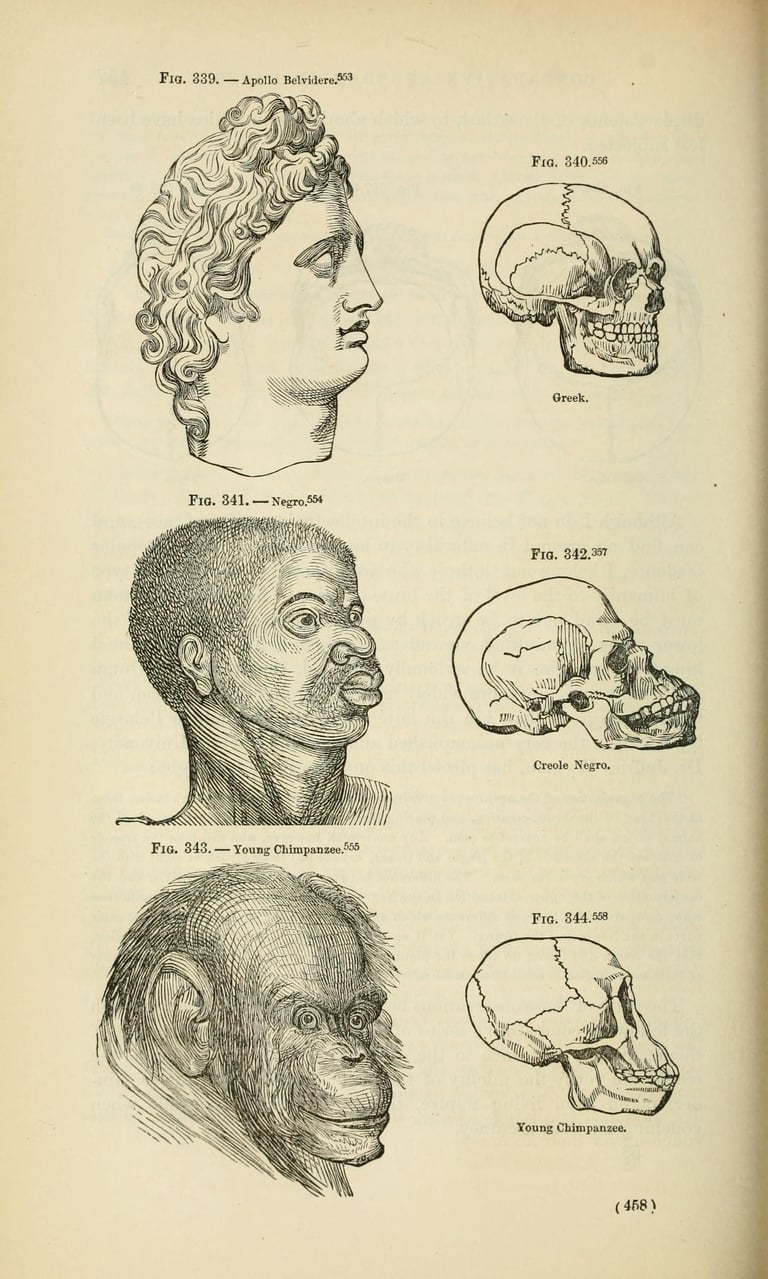

Black People working in Britain
Work was one way that Black people could demonstrate their capability and equality, but few jobs were open to them. Access to education was limited; although Cambridge had its first Black student in the 1840s and Oxford in the 1870s, these were foreign students and rare exceptions. Black people born in or brought to Victorian Britain as children were most likely to be part of the working classes and living in urban areas, especially in port towns, but there were exceptions: Queen Victoria ‘adopted’ children from African royal families, including Sarah Forbes Bonetta; Samuel Coleridge-Taylor was a celebrated Black British composer by the 1890s; Black British footballer Walter Tull was born in 1888 in Folkestone, Surrey.
Activity: Find out if Black people lived and worked in your area during the Victorian period. What jobs did they do? What were there lives like?
Black Performers/Performing Blackness
While many middle class white Britons may not have had Black neighbours, many would have seen Black people in one particular facet of their lives: as entertainers. Victorians loved attending public performances, and the pantomime, vaudeville, circuses, musical performances, lectures, and serious theatre all thrived in the period. Many working-class Black Victorians found performance a more lucrative and more satisfying career than working as a servant, shopkeeper, dockworker or factory worker. However, many of the performance roles available to Black people required them to play caricatures rather than well-rounded people. Some singing groups known as minstrels, for example, dressed in gaudy clothes and sang comic songs which often poked fun of Black people. Sometimes white performers mimicked these Black groups, in a practice known as “blackface”. Blackface minstrels encouraged racism through exaggerated depictions of facial characteristics, violence and racial slurs used as part of their performances, and the portrayal of Black people as desiring characteristics of whiteness.
Discussion: Compare the following advertisement for blackface minstrel act “Tambo and Bones” [ca. 1860s] with the lithograph portrait of Ira Aldridge as Othello in 1854. How do these illustrations depict Blackness?
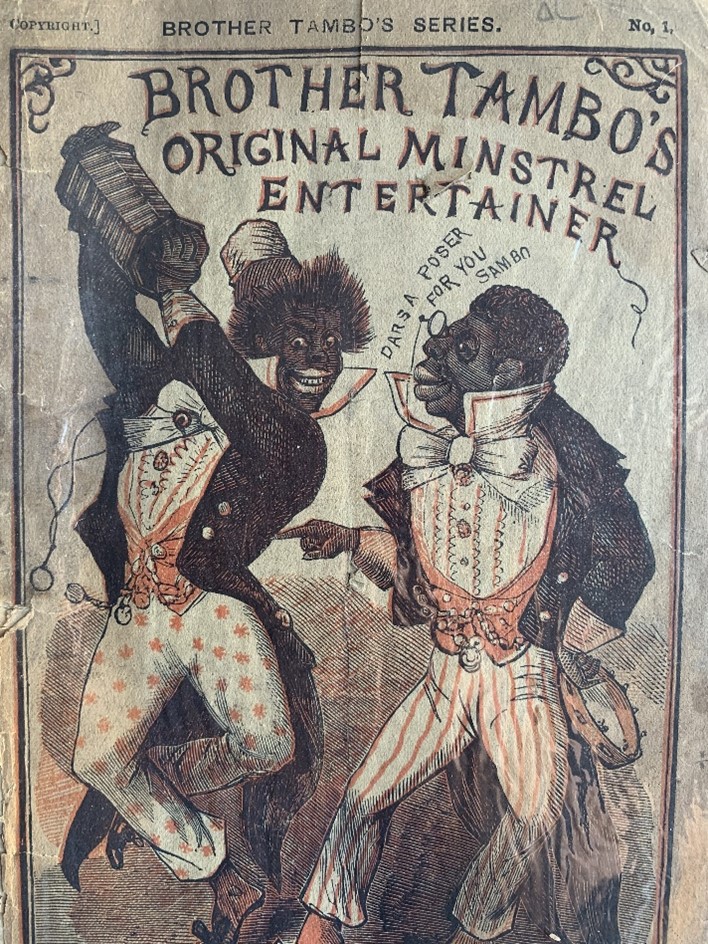

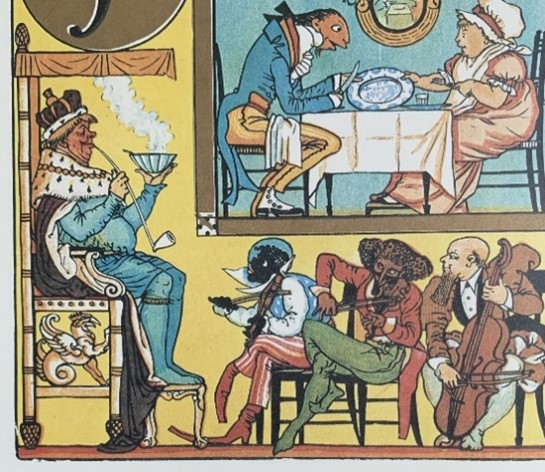

“Brother Tambo’s Original Minstrel Entertainer” (London, S. Marks, ca. 1860s)
Walter Crane, “Old King Cole” from An Alphabet of Old Friends (1876)
“Ira Aldridge as Othello”, hand-coloured lithograph by S. Bühler, 1854; in Harvard University special collections.
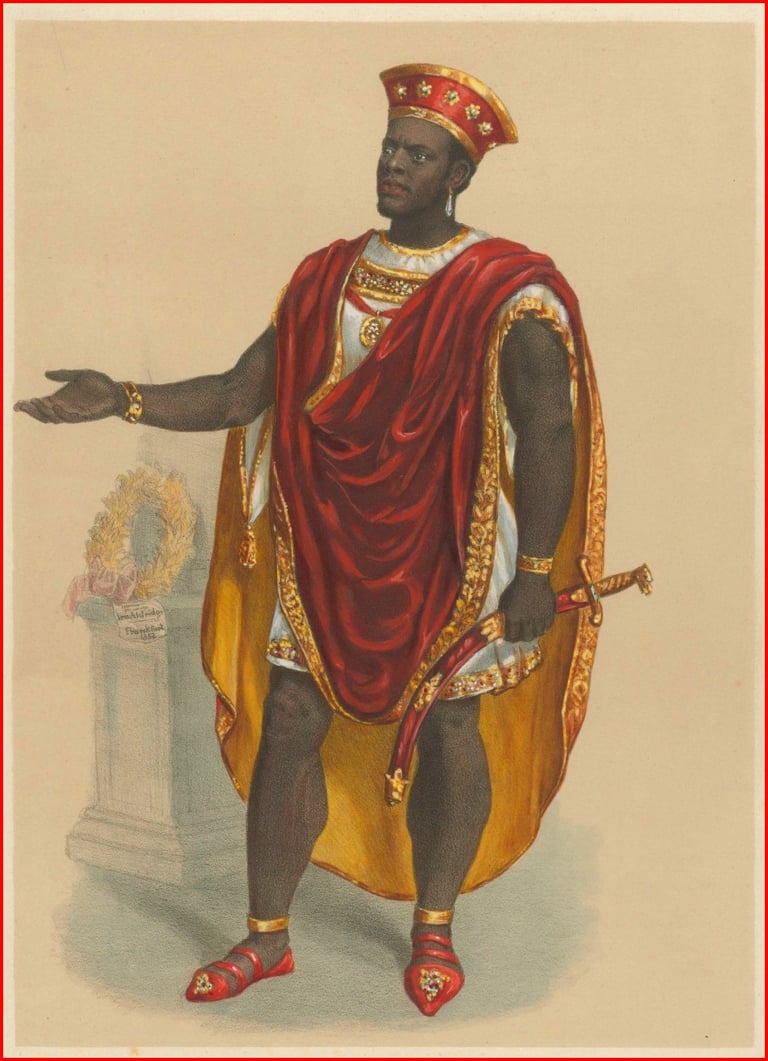

Writing Assignment:
Study the following illustrations from Victorian newspapers. The first is concerning an eight year old that the queen ‘adopted’ and who was renamed Sarah Forbes Bonetta; the second is of two illustrations of the boxer Bob Travers. What do they say about the place of Black people in Victorian London? Take note of the newspaper names as well as their content. What more can you find out about these Black Victorians?
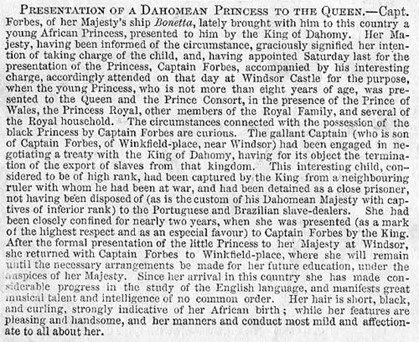

London Illustrated News – Nov 23 – 1850
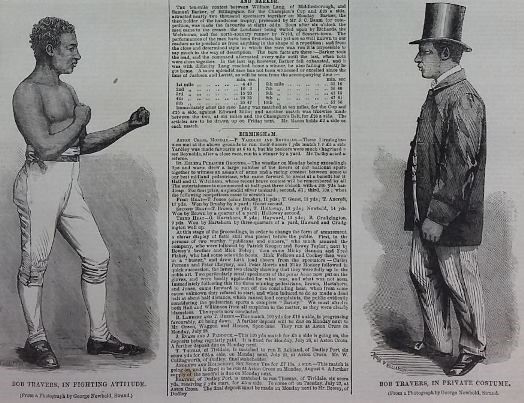

Illustrated Sporting News and Theatrical and Musical Review, 19 July 1862
